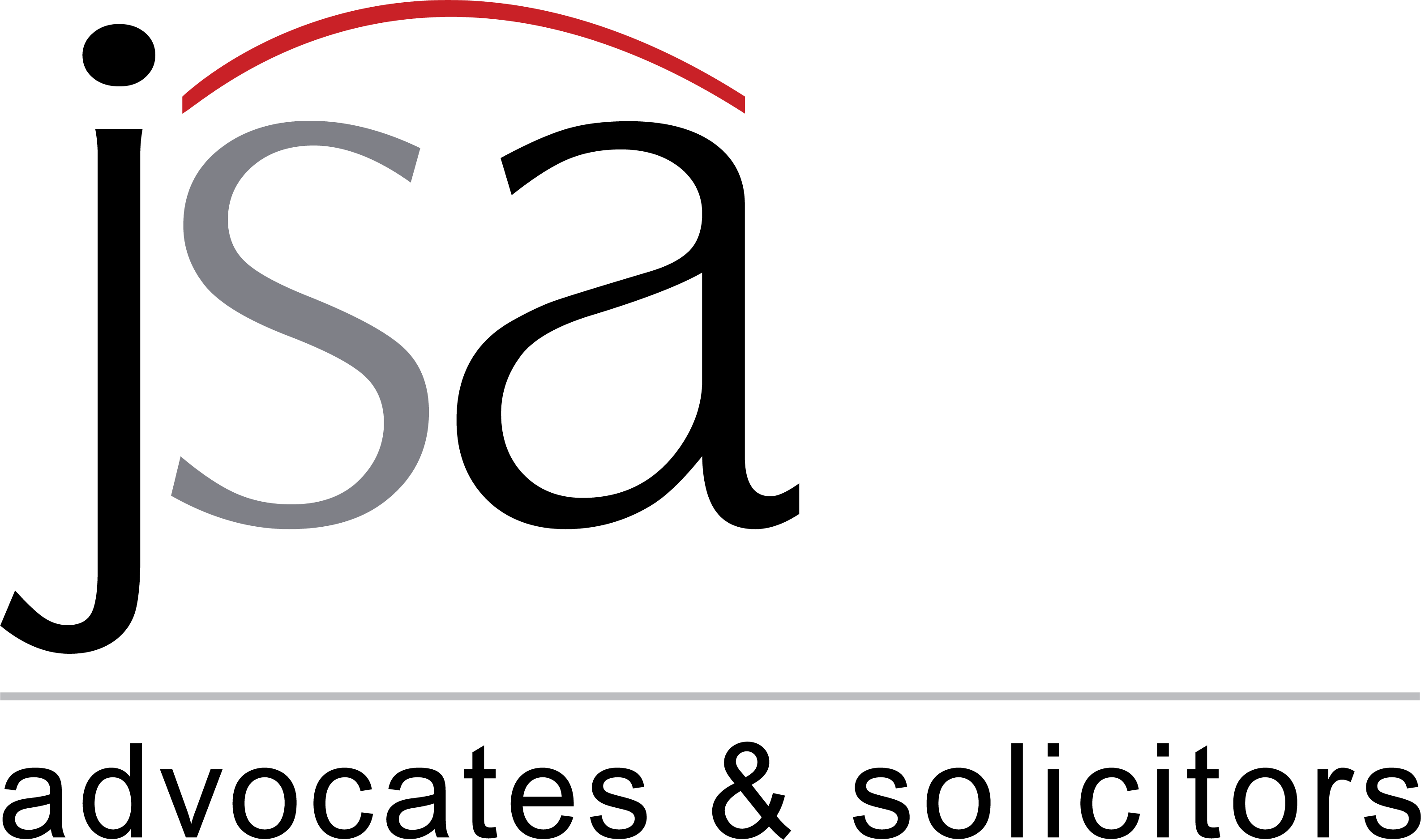Please click here to download the Prism as PDF.
Good Manufacturing Practices and Requirements of Premises, Plant & Equipment for Pharmaceutical Products
On December 28, 2023, the Government of India notified the revised Schedule M to the Drugs Rules, 1945 (the “Schedule”), setting out the good manufacturing practices. The Schedule requires that:
- every license holder to evolve appropriate methodology, systems and procedures which must be documented for inspection and reference; and
- the manufacturing premises must be used exclusively for the manufacture of drugs.
Salient features of the Schedule are briefly discussed below:
Pharmaceutical Quality System
The Schedule introduces the concept of a pharmaceutical quality system (“PQS”) placing responsibility on the manufacturer to ensure the quality of the drugs, and further ensure that a patient does not suffer harm owing to inadequate safety, quality, or efficacy. All manufacturers are required to put in place a comprehensive PQS which includes good manufacturing practices (“GMP”) and quality risk management (“QRM”) systems. The PQS is required to be documented and a quality manual should be retained. The role of senior management in ensuring such PQS is also clearly defined with the senior management being held ultimately responsible for any shortcomings or failures. Requirements of a PQS are also specified and include amongst others:
- designing, qualifying, planning, implementing, maintaining and continuous improvement of the PQS;
- specifications to be indicated in writing;
- managerial responsibilities being set out clearly;
- processes being in place to ensure that manufacture, supply and use of each material in the manufacturing are verified;
- no pharmaceutical product is sold or supplied before certification by authorized persons;
- the products are stored / distributed in a manner that does not harm the shelf-life;
- all deviations and short-comings are reported, investigated, and recorded.
QRM
The Schedule calls for the establishment of QRM a system and defines it as a systematic process for the assessment, control, communication and review of risks to the quality of the drug. Any evaluation of the risk is to be undertaken based on scientific knowledge and experience with the process, and must have as the end, ultimate protection of the patient from any risks owing to lack of quality.
Product Quality Review
The Schedule includes specific requirements in relation to periodic quality reviews of pharmaceutical products. Such specific requirements, include the review of:
- the raw materials – the packing materials and the review of the supply chain;
- all batches that did not meet the established specifications, including investigating and understanding the reasons for such failure;
- all changes made to the processes and analytical methods;
- in-process controls; and
- all quality related product returns, recalls, complaints.
The manufacturer is required to evaluate the results of the product quality review and take any corrective or preventive actions under the PQS. The procedures for corrective or preventive actions to be adopted are required to be documented and the effectiveness of these procedures is to be verified during any self-inspections.
GMP for Pharmaceutical Products
While the original Schedule M did cover GMP in relation to practices to be adopted, there was no specific requirement in relation to the products per se. The Schedule defines GMP to mean those practices that ensure that the drugs are manufactured according to the quality standards appropriate to their intended use. The Schedule classifies, amongst others, the following as GMPs:
- clarity and unambiguity in relation to the manufacturing process, including systematic reviews;
- provision of necessary resources including, qualified suitably trained personnel; appropriate equipment and space for manufacture; appropriate containers and labels; suitable storage and transport;
- provision of clear, precise and written instructions and procedures;
- ensuring that the procedures are carried out in a proper manner and by qualified and trained personnel; and
- maintenance of records during manufacture to show that the steps required by the defined procedures and instructions have all been followed, and retention of such records in a comprehensible and accessible form, to ensure that a complete history of a batch are easily traceable.
Qualification and Validation
While the original Schedule M did include requirements for product process validation, the Schedule also includes detailed requirements in relation to the validation of equipment being used in the manufacturing process.
Complaints
The Schedule adds a new section in relation to management of complaints and adverse reactions. All complaints in relation to defective drugs are to be reviewed and any corrective actions undertaken. There will be a designated person (along with qualified and sufficient supporting staff) responsible for handling complaints and deciding on the corrective measures to be taken. All procedures detailing the actions to be undertaken, including the need to consider a recall, should be available in written format. Any complaint concerning a defective drug is required to be recorded along with all the original details and thoroughly investigated by the person responsible for quality control. If a defect is identified or suspected in a batch, any other batch that may contain a reprocessed product from the defective batch is also to be investigated. The Central or State Licensing Authority under the Drugs and Cosmetics Act, 1940 is required to be informed if the manufacturer considers any actions following the quality concerns around a product. The manufacturer is required to put in place a pharmacovigilance system for the collection, processing and forwarding of reports to the concerned licensing authority for information regarding adverse reactions emerging from the use of a drug.
Change Control
The Schedule introduces change in control management and requires the establishment of a formal change control system to assess all changes that may impact the product and control of the drug. Any proposals to the GMPs are required to be reviewed and approved by the relevant quality units. Any impact of a change on the quality of the Active Pharmaceutical Ingredient or the finished product is required to be evaluated using scientific procedures to justify any change in a validated process. When implementing the approved changes, all documents affected by the changes are required to be revised. After the implementation of a change, the first batch produced is required to be tested.
Production under loan license or contract and contract analysis
The Schedule introduces new provisions relating to production under a loan license or contract. All arrangements for production under a loan license or contract, including any technology transfers, are required to be in accordance with the license for the concerned drug. Under the contract, the loan licensee must audit the facilities and activities of the manufacturing facility provider. The PQS of the loan licensee will include the control and review of any outsourced activities, and it is the responsibility of the loan licensee to ensure that the suitability and competence of the manufacturing facility provider to successfully carry out the work, as well as ensuring that the manufacturing facility being used has in places a PQS including GMPs and QRS systems. The responsibilities of each party (i.e. the loan licensee and the manufacturing facility provider), along with details of any outsourced activities, and technical arrangements are all required to be in a written contract between the parties. The contract is required to clearly state the manner in which any authorized person, in releasing each batch of drug for sale, exercises full responsibility in relation to their actions.
Computerized Systems
Keeping in mind Digital India, the Schedule also introduces separate provisions regarding the usage of computerized systems. The computerized systems are required to have sufficient controls to prevent unauthorized access or changes to data. Any change in data will be recorded, along with details of the previous entry, the time of the change, and the person making the change. In instances where critical data is being entered manually, there is a requirement for an additional check on the accuracy of the data entered, either by a second operator or by the system itself. Changes to the computerized systems are required to be made according to a change procedure and are required to be formally authorized, documented, and tested. Records must be kept of all changes, including modifications and enhancements made to the hardware, software, or any other critical component of the system. A back-up system is required to be provided so that there is no permanent data loss owing to system breakdown or failure.
This Prism has been prepared by:

Sidharrth Shankar |
Arjun Krishnamoorthy |
For more details, please contact [email protected]












